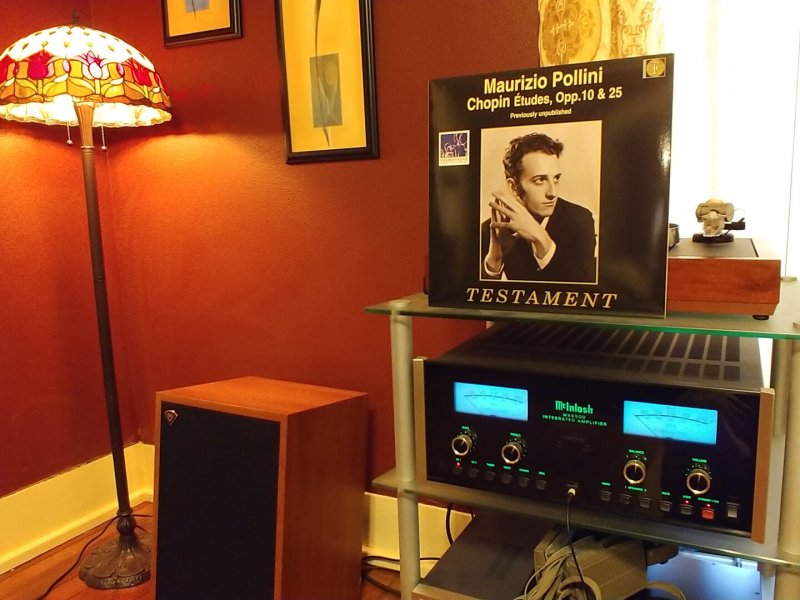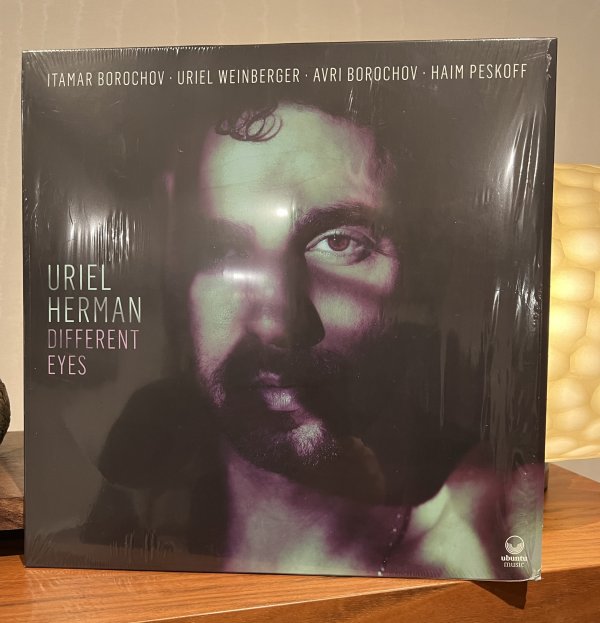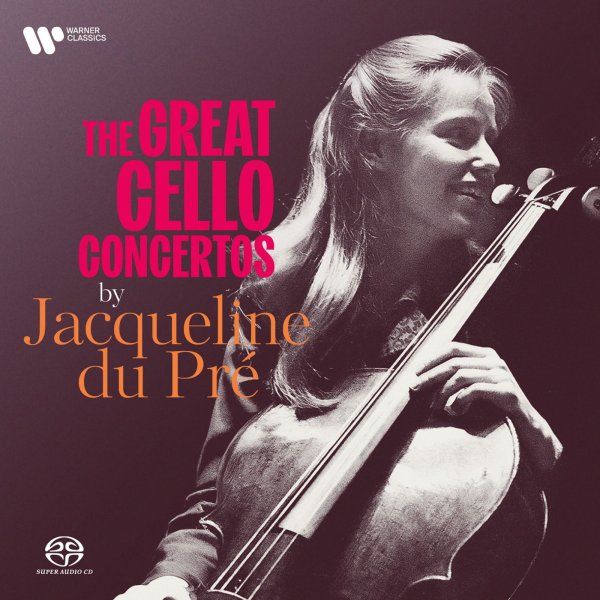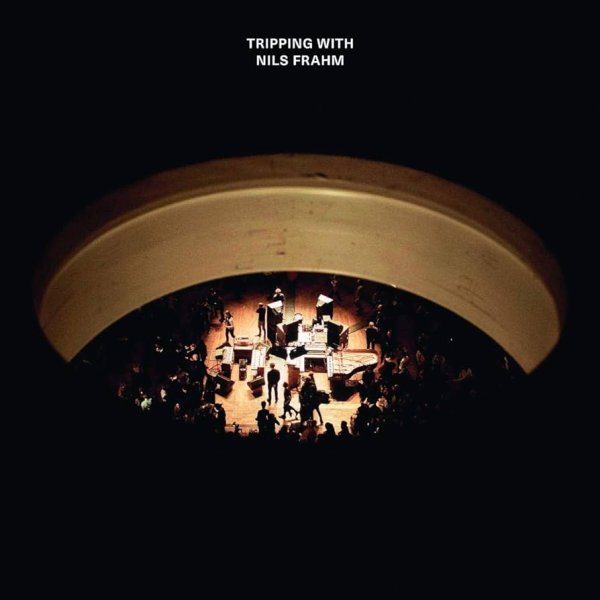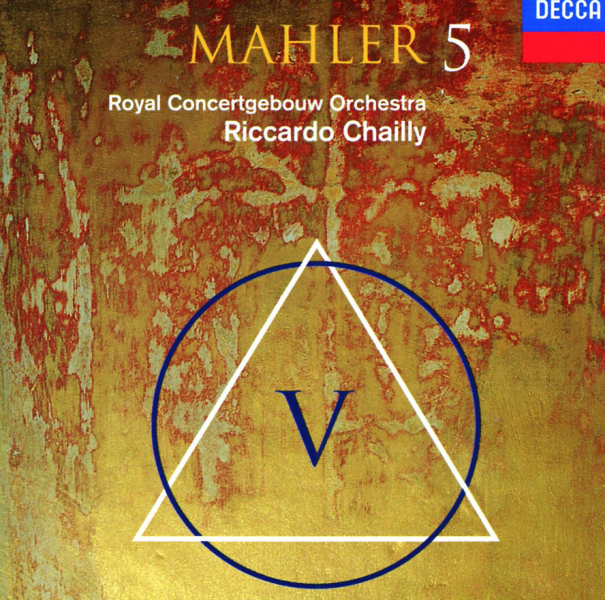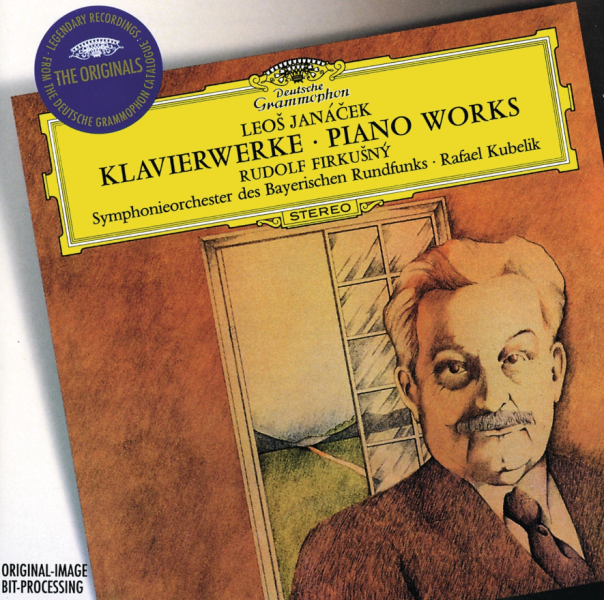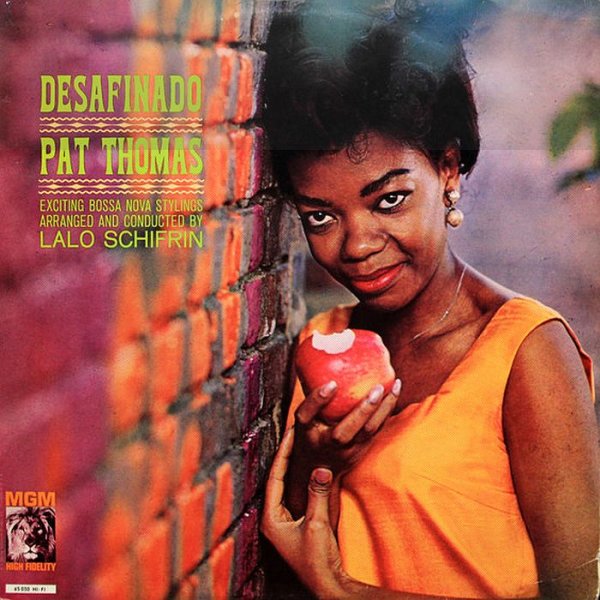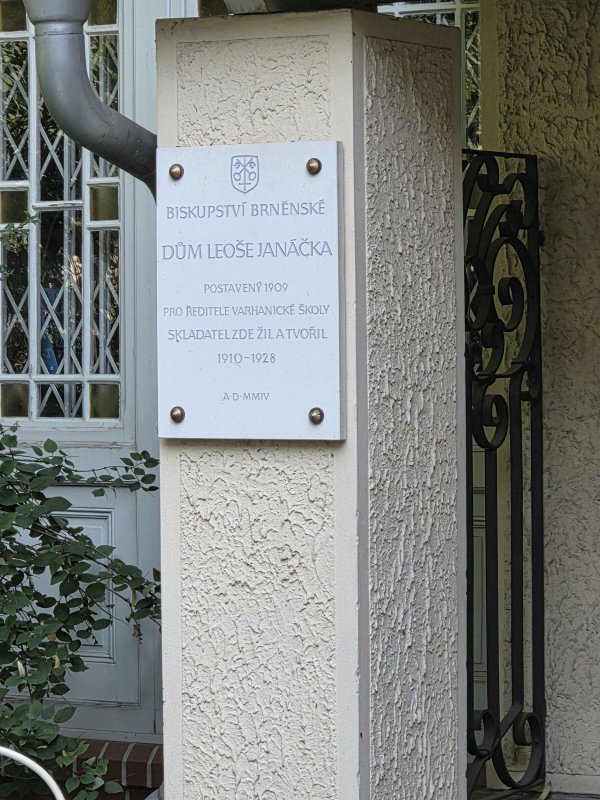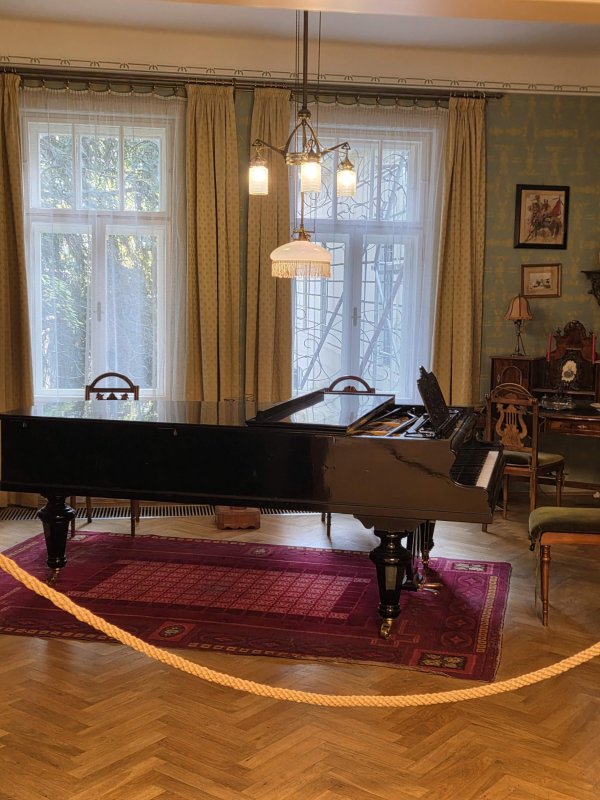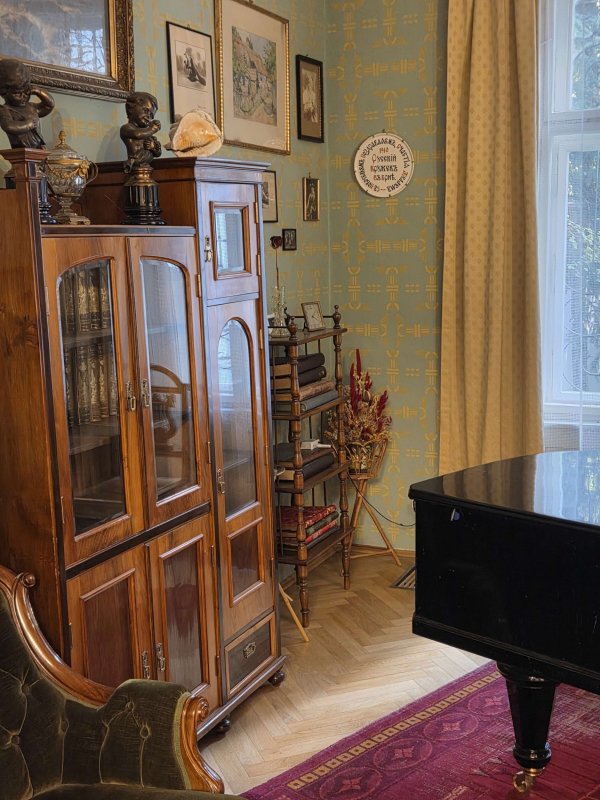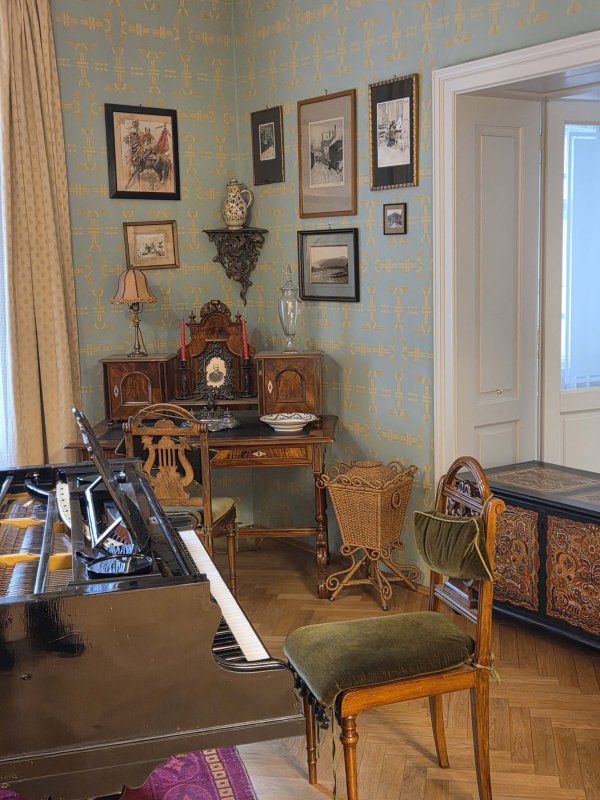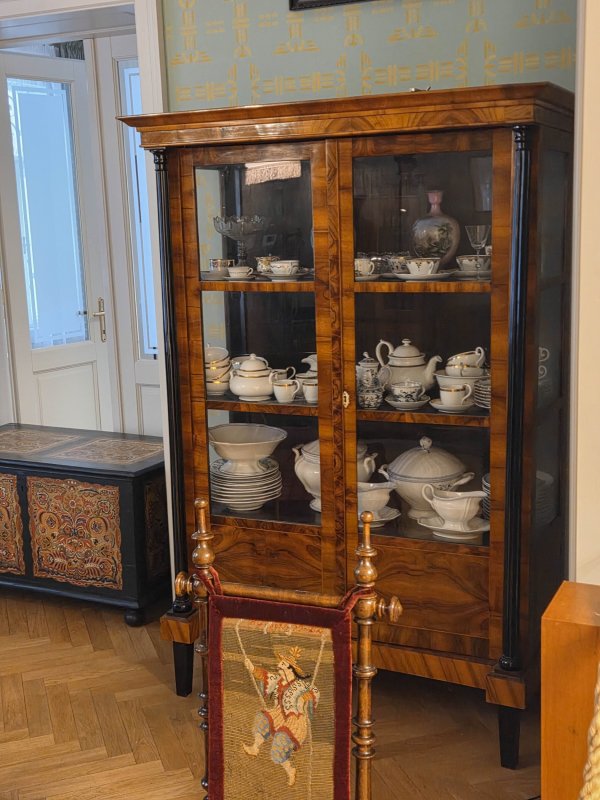Strings Theory
Here is a gorgeous list of albums featuring strings in wildly variegated settings, exploring diverse colors, musical styles and conceptions of harmony.
Anomaly, the debut of the young UK Sitarist Jasdeep Singh Degun is a joy for the ears. His sitar is the main character of the album, but the rich list of guest accompanying him provides additional layers of contamination and emotion and make the listening of this skillfully engineered recording especially immersive.

A more intimate experience comes from this Jordanian / Greek, violin / lute duo. Also in this case, Eastern and Western, folkloristic, classical and modern suggestions are intertwined. The interaction is almost improvisatory, with beautifully lyrical passages and more rytmically alive, almost recitative and declamatory. The recorded sound is full, warm, with a tasteful, naturalistic balance of stereo separation and connecting tissue between the performers.

Getting back to western culture, Haydn seems the ideal landing spot, as possibly the father of the classical quartet, which he took from a somewhat subdued entertainment form for the court to a highly expressive and sophisticated musical language, spreading his influence for centuries. Opus 20 n. 5 is one of my favorites and this performance is blessed by a very organic, smooth timbre, and a pleasing weight of the cello.

Here is a gorgeous list of albums featuring strings in wildly variegated settings, exploring diverse colors, musical styles and conceptions of harmony.
Anomaly, the debut of the young UK Sitarist Jasdeep Singh Degun is a joy for the ears. His sitar is the main character of the album, but the rich list of guest accompanying him provides additional layers of contamination and emotion and make the listening of this skillfully engineered recording especially immersive.

A more intimate experience comes from this Jordanian / Greek, violin / lute duo. Also in this case, Eastern and Western, folkloristic, classical and modern suggestions are intertwined. The interaction is almost improvisatory, with beautifully lyrical passages and more rytmically alive, almost recitative and declamatory. The recorded sound is full, warm, with a tasteful, naturalistic balance of stereo separation and connecting tissue between the performers.

Getting back to western culture, Haydn seems the ideal landing spot, as possibly the father of the classical quartet, which he took from a somewhat subdued entertainment form for the court to a highly expressive and sophisticated musical language, spreading his influence for centuries. Opus 20 n. 5 is one of my favorites and this performance is blessed by a very organic, smooth timbre, and a pleasing weight of the cello.




